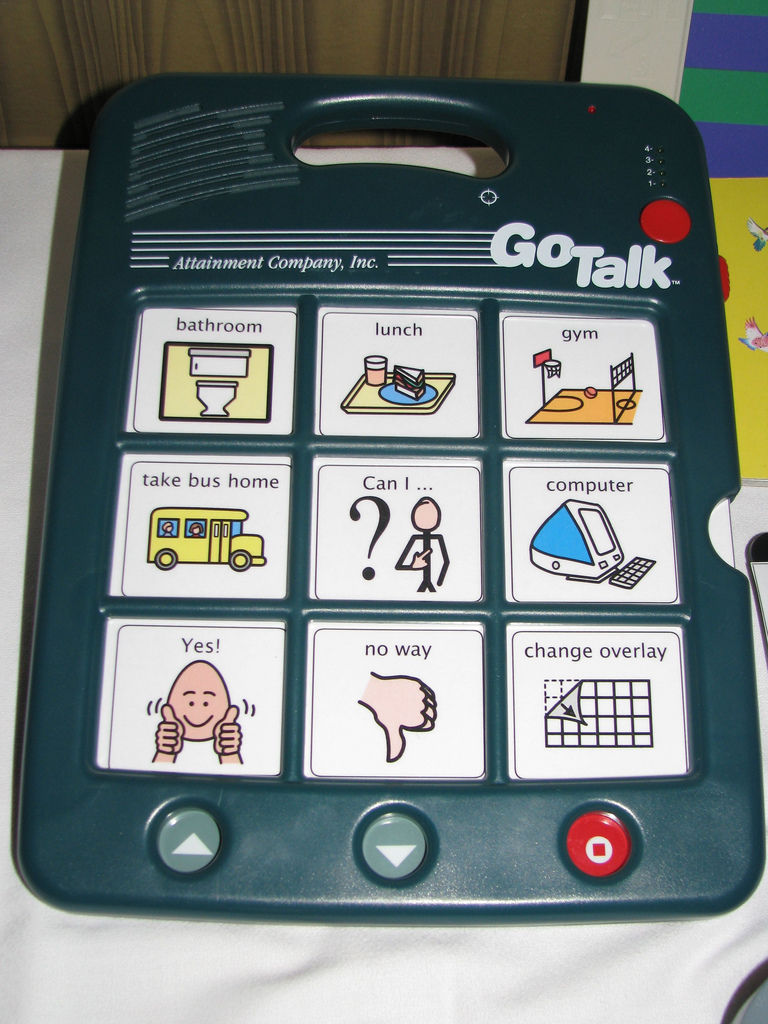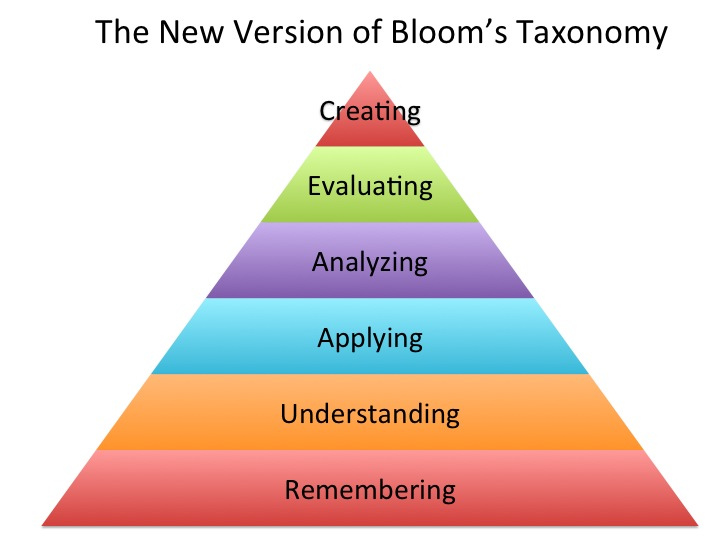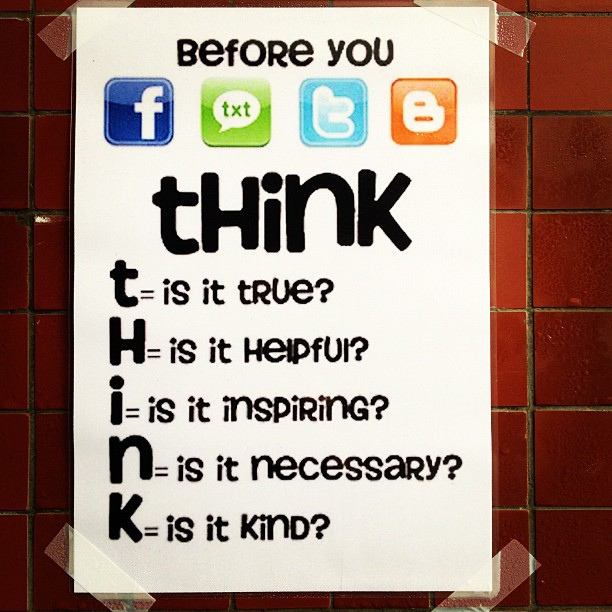It seems like an aversion to change is part of our human nature. We like our traditions, our routines, our same-ness. So when something new and innovative comes along—like technology—many of us cower away in fear. Especially in education, we are divided. Some people enjoy change and innovation; others are content sticking with what they are used to. I used to be hesitant to use technology in my classroom, partially because I am still not completely comfortable with all forms of technology. I was on the cusp of the technology revolution. I remember old, bulky computers that made dial-up sounds as they started up. I remember chunky cell phones that had huge buttons and not a lot of functions. I didn’t get a cell phone until 7th grade, and it only had calling capabilities. Although I understand technology better than my parents, I don’t understand it nearly as well as high school students do. Caught in between, it’s hard to confidently call myself a technology native or a technology immigrant. Despite being slightly uncomfortable with technology, I realize that it has fully made its way into education and that I need to welcome its presence in my classroom.
Technology will be weaved into my instruction for a number of reasons. The upcoming generation is extremely comfortable with technology. They grew up in the height of the technology revolution and they know how to navigate all sorts of technology. Because of this, I know I will need to teach using technology in the classroom. Since they are used to constant stimuli, I am well aware that I need to make technology part of my curriculum. Another reason I will include technology in my instruction is because it is a tool for connection and collaboration. Why limit my students to the confines of the classroom if technology gives the ability to connect with students across the world? Another important reason to teach using technology is that I will be evaluated on it. The ISTE standards and teacher quality standards require that I include technology instruction in my classroom. Being evaluated on my use of technology is not the chief reason for including it in my classroom, but it is certainly a significant one.
I love flipped video lessons, Kahoot quizzes, WebQuests, and Story Bird books. They will be some of the ways I incorporate technology in my class. They are engaging and fun ways to keep students interested in learning the content of my class. These tools are just a few of the many tools out there for teaching with technology. In order to stay relevant and keep up with the current technology trends, it is important that I learn from other teachers and do some of my own exploration. If I keep my eye out for new technology and innovations in the classroom, I will be able to include those in my classroom. Keeping an open mind in this process is vital to my future career as a teacher. Despite our human nature of hesitancy to accept change, we must learn how to embrace change and welcome new ideas. If we as teachers model what it looks like to welcome change and new ideas, our students will undoubtedly follow our example and discover what it means to be a lifelong learner.














 Let’s face it: students are bound to disappoint me at one point or another in my teaching career. When it happens, I will be really sad. I might even feel like a failure of a teacher. But, I think how I act towards a student after he/she has disappointed me will make the difference in his/her life.
Let’s face it: students are bound to disappoint me at one point or another in my teaching career. When it happens, I will be really sad. I might even feel like a failure of a teacher. But, I think how I act towards a student after he/she has disappointed me will make the difference in his/her life.


